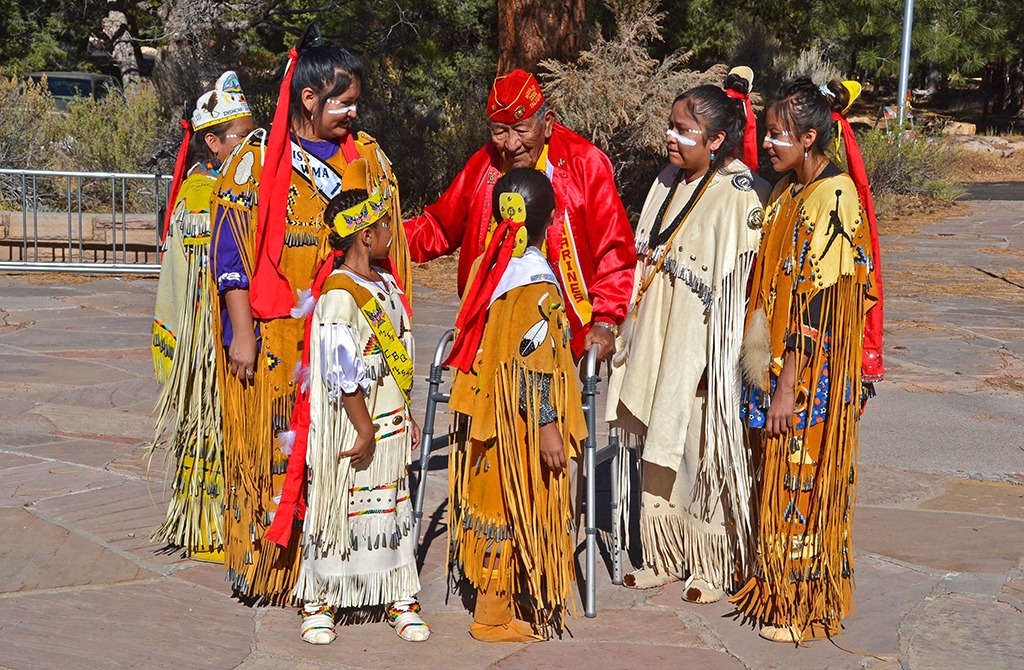
Immigrants to America From Siberia
Siberian Roots of Native Americans
Discover how genetic research reveals a fascinating link between Native Americans and the Altai region in Russia, uncovering ancient migration patterns and shared ancestry.

Tracing the Siberian Roots of Native Americans: Genetic Evidence Unveiled
Tracing the Siberian Roots of Native Americans: A Genetic Journey – For decades, scientists have explored the origins of Native Americans, and recent genetic research has revealed a remarkable connection: Native Americans share ancestral ties with the Altai region in Siberia. This groundbreaking discovery highlights ancient migration patterns and provides deeper insights into the colonization of the New World.
The Genetic Link
Through collaborative research by Russian and American scientists, DNA testing has traced unique genetic mutations in mitochondrial DNA and Y-chromosomes, inherited through maternal and paternal lines, respectively. These mutations firmly establish that the Altai people are distant relatives of Indigenous Americans.
Ancient Migration Routes
During the last Ice Age, humans and animals crossed the Bering Land Bridge, connecting Asia and North America. While this migration route was known, the origins of these early settlers remained a mystery until genetic studies provided a clearer picture. The findings suggest that Native Americans separated from their Altai ancestors approximately 13,000-14,000 years ago.
Comprehensive Research
The research involved extensive fieldwork and meticulous genetic sampling in Siberia, led by the Siberian Institute of Cytology and Genetics and the University of Pennsylvania. Scientists focused on ethnically pure populations in Altai and compared their DNA with samples from Native Americans, as well as populations in Mongolia, China, and Kazakhstan.
Key Findings
- Unique DNA mutations found in both Native Americans and Altai people.
- Southern Altai residents share closer genetic ties with Native Americans than northern Altai groups.
- Siberia remains the most significant source of ancestral connections for Native Americans.
The Importance of This Discovery
This research sheds light on the shared history of humanity and emphasizes the importance of Siberia as a genetic repository. These findings pave the way for future studies to explore the complex migrations and interconnections of ancient civilizations.
The story of our ancestors reminds us of the deep, enduring bonds that tie cultures together, transcending time and geography.
References and Further Reading
- Immigrants to America From Siberia | Voiceofrussia.Com





Responses